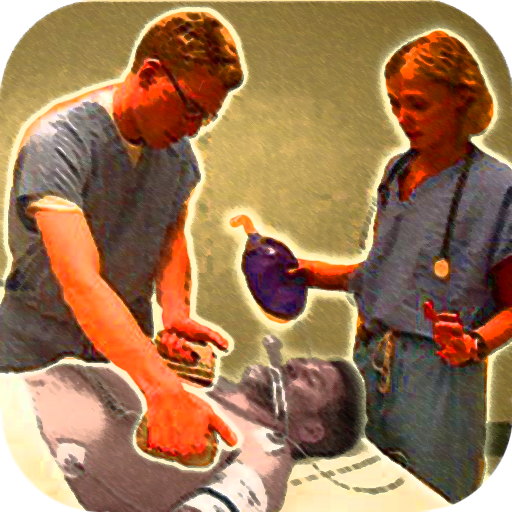
ACLS Sim 2012
App details
Release date
0001-01-01
Last update
0001-01-01
Product ID
XPFFXTRB6RNTH2
Categories
Health & fitnessAbout ACLS Sim 2012
‘Anesoft ACLS Sim 2012’ is the third of a series of apps from Anesoft Corporation to improve your resuscitation skills. This app enables you to rehearse megacode management - anytime, anywhere. With regular practice you will always be ready to run a full cardiac resuscitation.
You must evaluate the simulated patient and electrocardiogram rhythm, decide on the appropriate management, and guide two assistants through the resuscitation. The assistants are skilled, but will only do what you tell them to do. You must serve as the team leader for the resuscitation efforts.
The 12 case scenarios included with this app were written by Howard Schwid, MD. The first three cover ventricular fibrillation, the next two are for pulseless ventricular tachycardia, another covers asystole, and the remainder of the cases cover the tachycardia algorithm.
Anesoft medical simulators have been proven to be effective self-study programs. The patient responds realistically to treatment, learning objectives and clinical guidelines for the pre-written case scenarios are included, “What Now?” help option keeps you on track, and the app automatically critiques and scores your performance.
This app is easy to use. It was designed by clinicians for clinicians. Step by step resuscitation instructions are included. Just click the ‘What Now’ button.
The app provides extremely cost-effective training. Rehearse megacode management anytime. You do not have to take time away from your clinical practice.
The other resuscitation apps from Anesoft include two apps to improve your ECG rhythm recognition skills - ECG Tutor and ECG Quiz, and a simulator app for PALS - Pediatric Advanced Life Support. Frequent practice with these apps will improve your response to real medical emergencies.
Key features
-
Real time megacode simulator
-
12 cases cover ACLS algorithms for ventricular fibrillation, ventricular tachycardia, pulseless electrical activity, asystole, etc
-
Proven to improve performance
-
Instructors can write their own scenarios